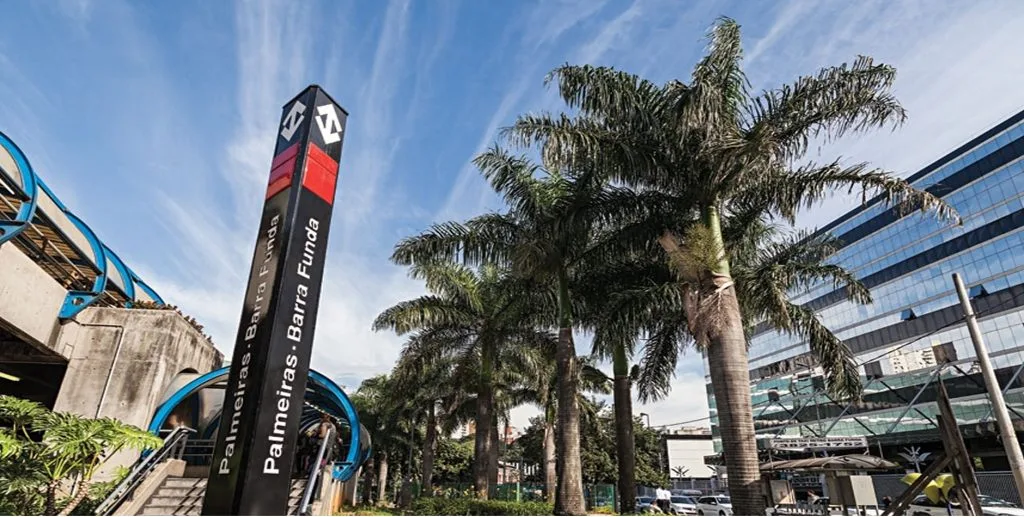São Paulo’s Barra Funda district in the city center witnessed a remarkable doubling of its population within ten years.
However, the Paraisópolis favela, another district, saw the most substantial numeric growth, adding 41,000 residents.
Despite an overall modest increase of 0.15% in São Paulo’s population over a decade.
The 2022 Census of the Brazilian stats agency IBGE unveiled considerable shifts among neighborhoods of the Southern Hemisphere’s largest city.
Despite a surge in real estate projects, Bela Vista’s population declined by more than 10%, keeping it densely populated.
On the other hand, Brasilândia and several eastern districts observed significant reductions in inhabitants, with Brasilândia alone losing 21,000 people.

The census also shed light on alterations in the city’s population density. The Republic district remains the densest, housing 26,000 people per square kilometer.
However, notable changes have occurred within the central region defined by the Tietê and Pinheiros rivers.
Still, 14% of São Paulo’s territory remains uninhabited, primarily comprising parks, conservation areas, and water bodies.
The city is undergoing a transformation, particularly evident in districts like Barra Funda, Vila Leopoldina, and Santo Amaro, which have seen a flurry of new constructions.
This shift towards more vertical living spaces is anticipated to become more apparent as more detailed census data on household types by district become available.
Moreover, the census highlights São Paulo’s housing dilemma, accentuated by a migration trend from the city’s southern regions towards the center.
The Grajaú district leads in the number of vacant homes, a trend also pronounced in Marsilac, where 35% of houses are empty.
Addressing the city’s housing deficit, estimated by municipal authorities at 400,000 units, is imperative for crafting future public policies.

